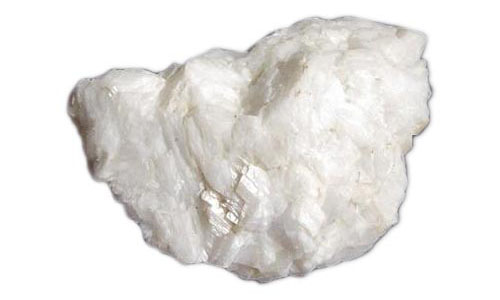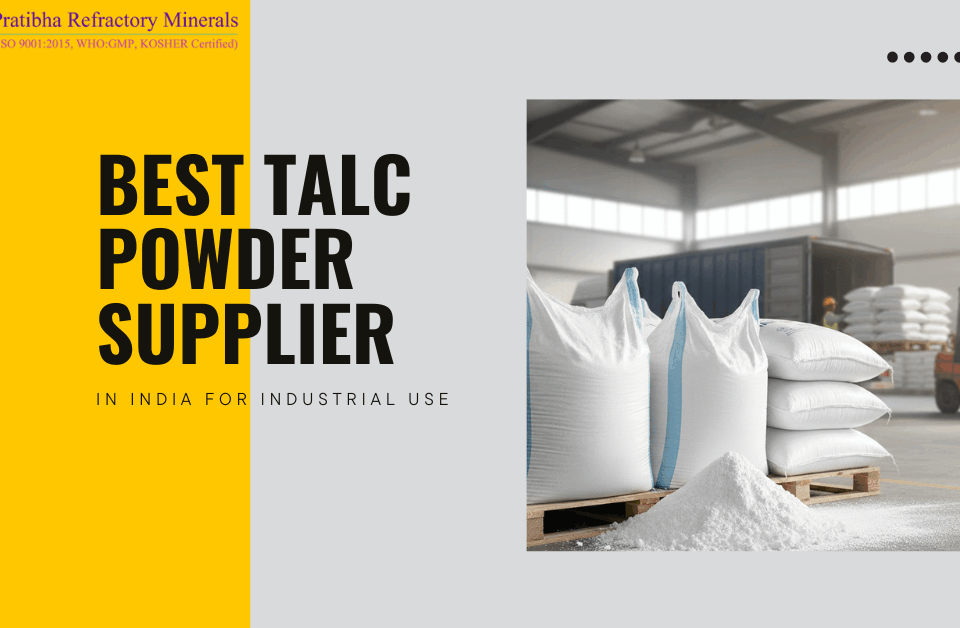- Call for Sales Enquiries

- +91-9413034047
- +91-294-2413244
- info@pratibharefractory.com
Which is Better: Limestone or Dolomite?

Where Is Quartz Commonly Found?
November 4, 2024
What is the Parent rock of Dolomite?
December 2, 2024Which is Better: Limestone or Dolomite?

Which is Better: Limestone or Dolomite?
When it comes to natural stones used in construction, landscaping, and industrial applications, two popular options stand out: limestone and dolomite. These rocks have different properties, applications, and advantages, which has made them suitable for certain constructions. Suppliers such as Pratibha Refractory Minerals which is one of the leading manufacturers and supplier of dolomite provide various types of dolomite to meet every need. But what makes limestone and dolomite different, and how does one decide between the two? The following sections provide an overview of the two minerals that will enable you to make the right decision.
Understanding Limestone
Limestone is a type of sedimentary rock that chiefly contains calcium carbonate (CaCO₃). Calcium carbonate oyster normally develops in clear and shallow seas from the deposition of organic matter such as shells and corals. This mineral is used in construction, agriculture, and other industries.
Main Properties of Limestone
Soft Texture: Limestone is quite a ‘soft’ type of stone that can easily be carved and sculpted. This characteristic will come in handy, especially for sculptors and architects.
Neutral Colors: Limestone is available in white, beige, and light grey colors that do not interfere with any décor theme.
Porous Nature: This is because it can hold water and this weakens it to weathering. The sealing of limestone is important as it acts as protection on the surface of the limestone.
Understanding Dolomite
Dolomite is more commonly called dolostone is formed of calcium magnesium carbonate (CaMg(CO₃)₂) and is a type of sedimentary rock. It is very similar to limestone in many ways, but there is a higher amount of magnesium in it, which makes the rock special.
Major Properties of Dolomite
Higher Hardness: Dolomite is denser and stronger than limestone and is also more resistant to wear and tear. This hardness makes it suitable for application in places that experience a lot of traffic.
Color Variations: Dolomite is characterized by having slightly different colors than limestone in most instances. The mineral has a characteristic color that may range from white and gray to pink and brown.
Pros and Cons of Limestone
Pros It is easier to work than the other chocolates due to its soft nature. It comes in light and neutral color that makes it fit most designs Cheap and can be easily bought Suitable in neutralizing the acidity of the soil, particularly for agricultural use.
Cons It is more friable and less hard-wearing than dolomite. Higher porosity makes the rocks more susceptible to weathering than those with lower porosity. Has to be sealed frequently to increase its service life in wet conditions
Pros and Cons of Dolomite
Pros More hardness and durability than limestone. This has a lower porosity hence suitable for use in areas that are likely to be exposed to moisture. Contains more magnesium to benefit agriculture Available in different colors.
Cons It is only slightly more costly than limestone Is relatively more difficult to manipulate because it has a higher density than the other one.
Making the Right Choice
If you are deciding to go for limestone or dolomite, there are a few things that you need to consider. In construction projects with many people using them, for instance, commercial buildings or outdoor areas, dolomite is the best because of its strength and ability to withstand moisture. Limestone having a softer composition and a more traditional look is more suitable for interior decoration, low-traffic flooring, and more for aesthetic purposes. In agriculture, perhaps dolomite is more useful where magnesium is lacking in the soil than in limestone where acidity needs to be neutralized but calcium is lacking. Limestone and dolomite both have their own advantages and disadvantages and it would be for the best if you decided which one to use depending on your situation. Whether you like the tender look of limestone or the durability of dolomite, these natural stones will never fail to add elegance and usefulness to any area.


